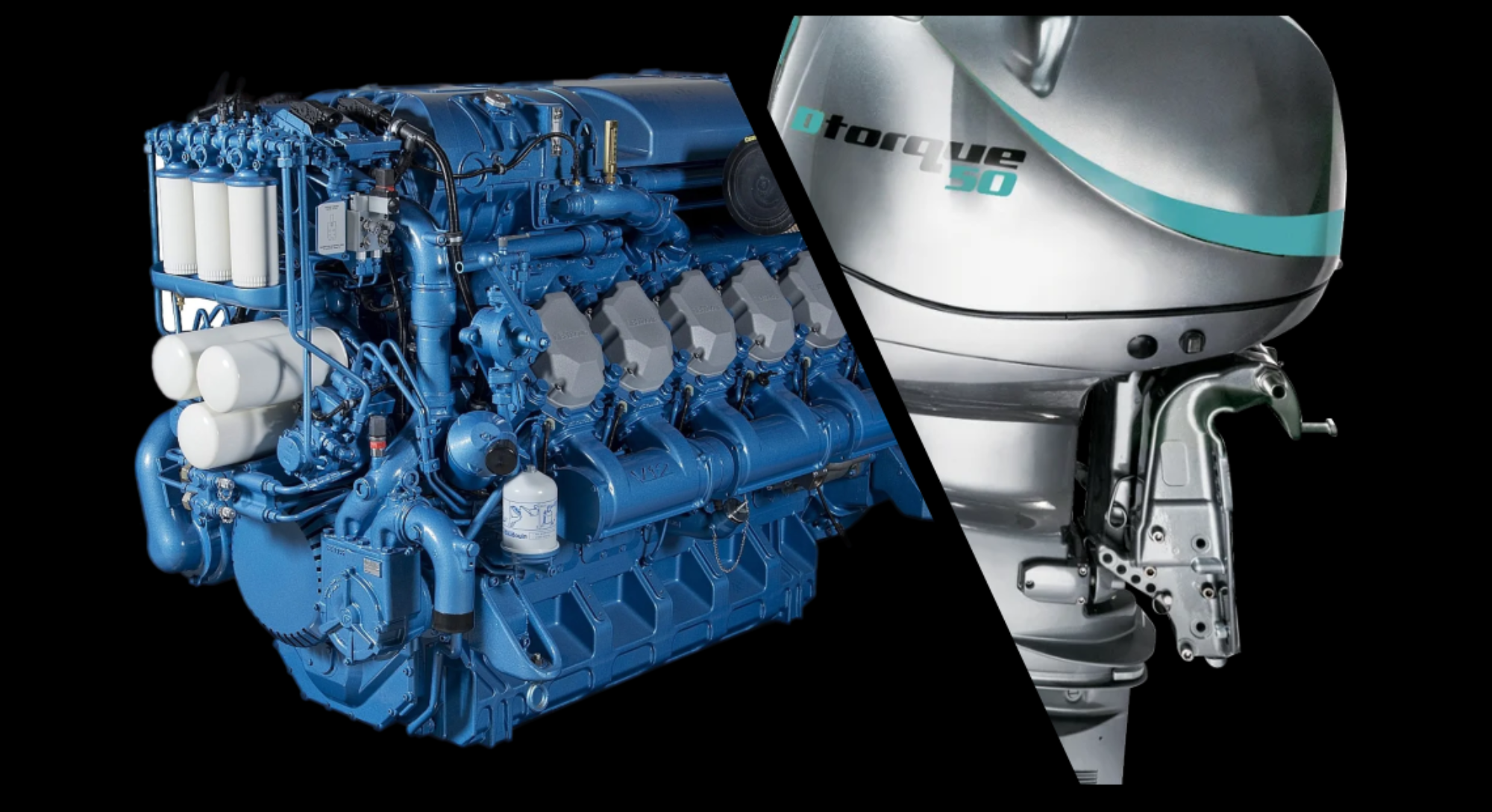We are thrilled to announce that Jet Tech Maldives has been appointed as the official distributor for Neander Diesel Outboards in the territories of Maldives and Sri Lanka. This exciting partnership brings cutting-edge marine technology to the region, offering unparalleled efficiency and power for all marine enthusiasts and professionals.

About Neander Diesel Outboards
Neander Marine, a leading German manufacturer, is renowned for its innovative diesel outboard engines. These engines are celebrated for their exceptional fuel efficiency, robust power output, and durability, making them a top choice for demanding marine environments. Designed to meet the highest standards, Neander diesel outboards are perfect for both recreational boating and commercial use.
What This Partnership Means for Maldives and Sri Lanka
As the official distributor, Jet Tech Maldives is committed to bringing the best of Neander’s technology to the Maldives and Sri Lanka. Our goal is to provide customers with access to high-quality diesel outboard engines, backed by our comprehensive sales and service support. Whether you’re a recreational boater or a professional mariner, you can now benefit from the reliability and performance of Neander diesel outboards.
Our Commitment to Service Excellence
At Jet Tech Maldives, we pride ourselves on our dedication to customer satisfaction. Our team is fully equipped to offer top-notch sales and service support for Neander diesel outboards. From assisting you in selecting the right engine to providing ongoing maintenance and repairs, we are here to ensure your experience with Neander outboards is seamless and enjoyable.
The Advantages of Neander Diesel Outboards
- Fuel Efficiency: Neander diesel outboards are engineered for superior fuel efficiency, reducing operating costs and environmental impact.
- Power and Performance: These engines deliver robust power, ensuring reliable performance even in the most challenging conditions.
- Durability: Built to last, Neander outboards are designed to withstand the rigors of marine use, providing peace of mind and long-term value.
Looking Ahead
We are excited about the opportunities this partnership brings and are eager to serve the marine communities in Maldives and Sri Lanka. Stay tuned for more updates as we roll out our range of Neander diesel outboard engines and continue to enhance our service offerings.
For more information about Neander diesel outboards or to inquire about our products and services, please contact us at admin[at]jettech-maldives.com. We look forward to helping you experience the unmatched efficiency and power of Neander Marine.













 been repaired. The Reverse duct and Hydraulic control rods are renewed after accident damage.
been repaired. The Reverse duct and Hydraulic control rods are renewed after accident damage.